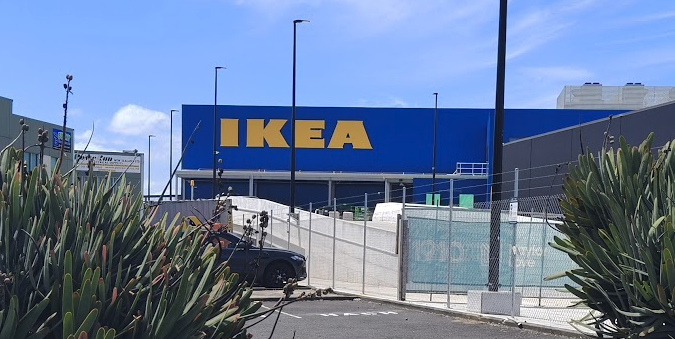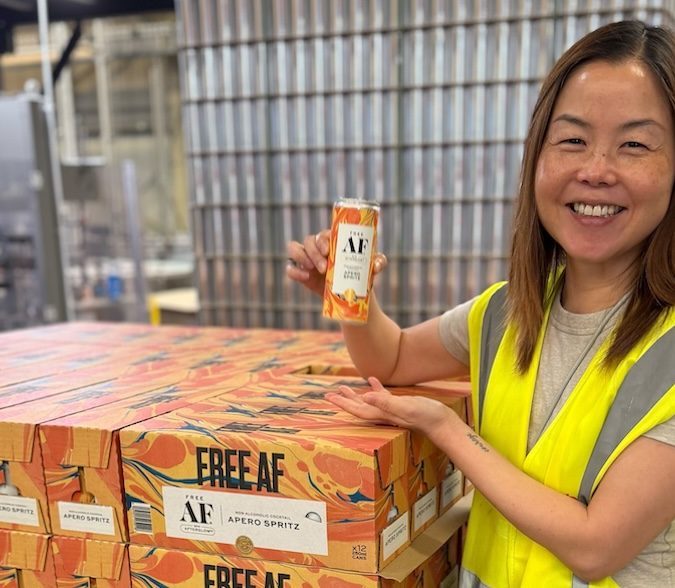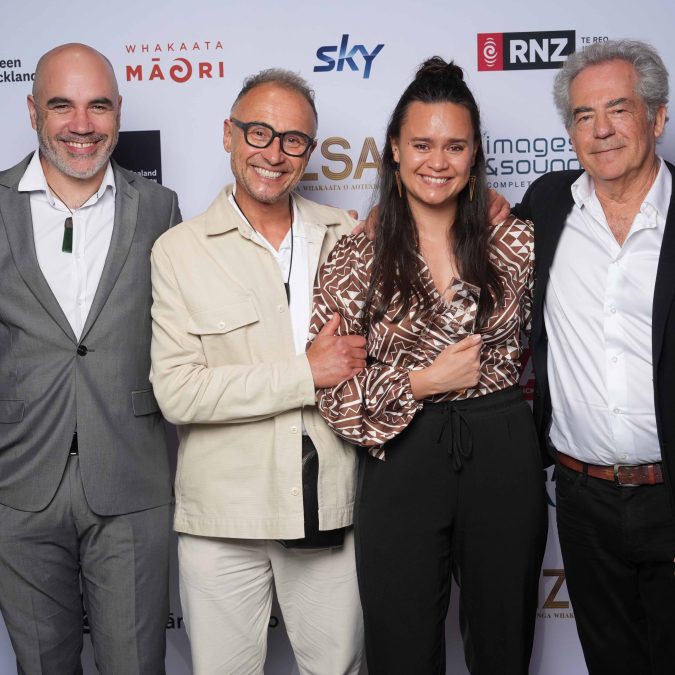
A new spacecraft named Psyche is about to head off to into deep space, all thanks to the support of NZ company, Zenith Tecnica.
A manufacturer specialising in titanium 3D printing, Zenith Tecnica has been selected thanks to its partnership with satellite manufacturer Maxar Space Systems to supply materials to NASA’s new spacecraft.
This is a NASA-led mission, launched on October 13, that will be sent to deep space to orbit, study and map the metal asteroid named Psyche, which the spacecraft is named after.
Psyche is set to travel more than 2 billion miles and is targeted to reach the asteroid by 2029.
“Psyche will help us understand more about planet formation and will be the first time exploring a metal world,” says Peter Sefont, Technical Director of Zenith Tecnica, which has had a partnership with Maxar Space Systems since 2016.
When Maxar was selected by NASA in 2017 to supply the spacecraft platform for the mission, the design involved titanium 3D printed hardware that Zenith Tecnica was selected to manufacture.
Read more: Young Kiwi directors shoot for the stars as finalists in NASA film competition
Sefont says that as the titanium 3D printed manufacturer, a lot goes into creating the materials needed.
He adds that it has taken years of technical groundwork, research and development and collaboration to be able to create aerospace qualified hardware.
“[We] use a technology called Electron Beam Melting (EBM). We start with a titanium powder, finer than sand, that is spread in a thin layer across the build plate inside the machine. This layer of powder is then heated and selectively melted using a beam of electrons,” he says.
“The beam can move so fast that it looks like there are many areas being melted simultaneously and multiple parts can be built at a time. This is repeated layer by layer to produce builds of solid titanium parts.”
Psyche is set to spend 26 months orbiting, mapping and studying the asteroid.
“We are a pretty small team even by New Zealand standards, and so to be able to say we played a role in this mission is incredible,” adds Sefont.
“We are proud to have played a small role in making this mission happen and wish the Psyche team all the best with the next phases of the mission.”




